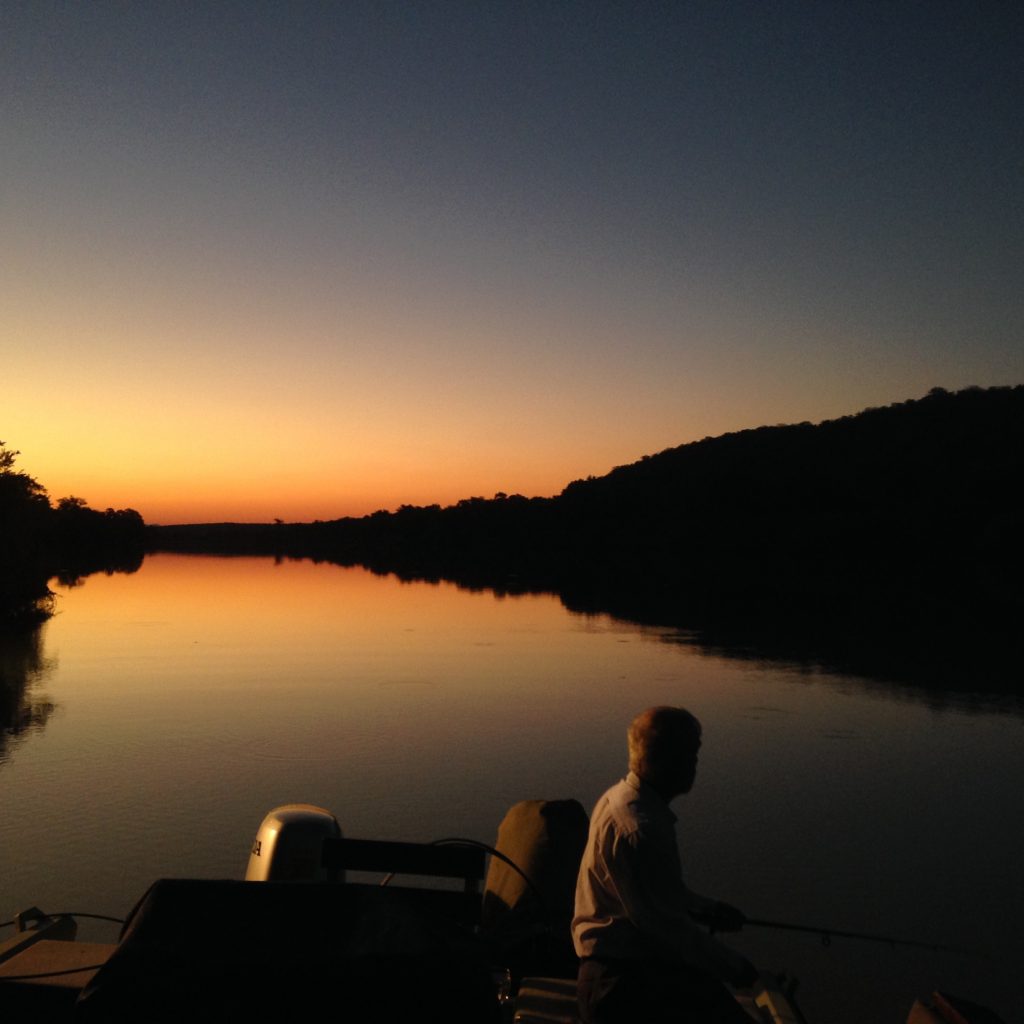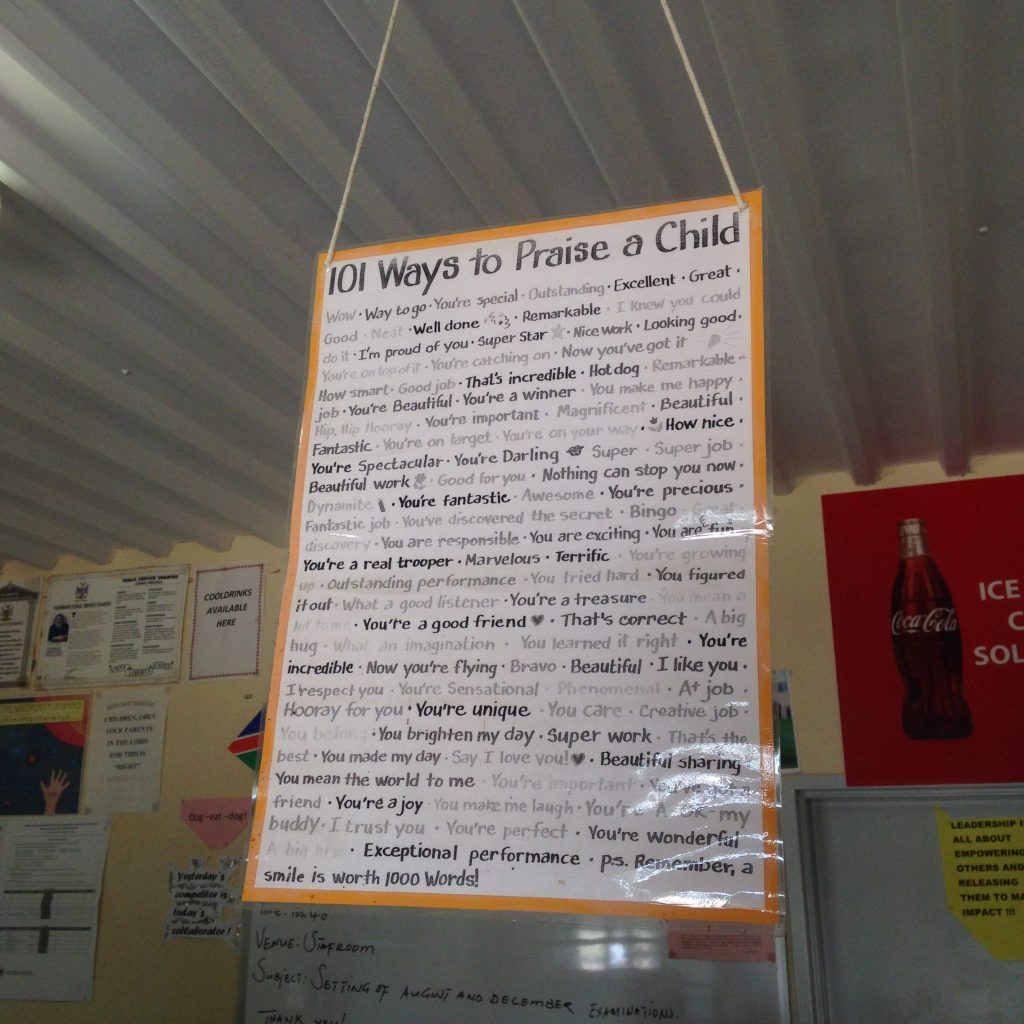After a total of 29 hours driving in the previous two week trip, a rest was unsurprisingly welcome. Settling back into Anpris’s office in Windhoek, it was back to printing and planning. Turning our eyes to the northern regions of Kunene, Otjiwarongo Oshakati, Ondangwa and Tsumeb, our focus was in producing Herero and Oshindon ga posters. The language of the primary tribes in the North, the Himba and Herero people.
A week of printing and ringing regional education directors later, we set off to our first destination, Opuwo, a 7 hour drive away. Despite being one the larger towns in the North, Opuwo is tiny with a population of just 7000, making the Termite mounds surrounding it almost outstrip the number of houses. However, the concentration of government resources, although minimal, still made the town the main collection of schools in the Kunene region. Although intending to stay a day to maximise our distance reached, the overwhelming response we received in each of the schools led us to stay for another. Heading out to two schools a day, each proved the be a marathon of discussion, and completely exhausted our stockpile of posters totalling over 30kg. Although apparent in most schools, the lack of professional teaching materials was particularly prevalent in this secluded northern town, with classrooms littered with handmade posters and books. To have such quality, and most importantly to the traditional tribes, relevant teaching materials arriving at their front door was something no teacher expected. Towards the end of each school visit, every teacher would have arrived, even those from nearby schools who had heard of the buzz.

Moving further north-east, we had to stop at the Kavango river to await a resupply of posters being sent to Windhoek, and also proved a beautiful stop over. With the Kavango river defining the border between Angola, there were only a few crocodiles between our tent and a whole new country. After an intense couple of days, the absence of sounds was perfect.

With the posters delivered the following day, and no large town besides Outapi between us and Oshakati, our next problem arose in finding as many schools on the road as we could without street signs. Surprising ourselves, we managed to find two before our afternoon visit with the Oshakati regional director. Each as eventful as the schools in Opuwo, although smaller, the school’s need for materials was as vivid as ever, and we were happy to depart with a significant reduction in posters yet again.

With time running short, it was on to the institution of education, the regional director’s office. Pitching our posters to the entire northern range of schools in one sitting was surprisingly more stressful than the previous directors. One of the most independent, large and incredibly strict regions, the pitch was hard. It was difficult maintaining our argument, persuading them of the necessity of the materials in the education of young people, against such strict regulations. However, they were swayed, and sent us on an escalating trip to the segmented heads of schools with their support behind us.
Sadly, this proved to be our last stop, after a long standing issue in our car manifested in losing a wheel. Thankfully breaking down outside a garage, the lack of parts in Namibia still meant we were reliant on shipping from South Africa, taking the repair time up to nine days. With travel in Namibia heavily reliant on cars, thanks to distance and lack of reliable public transport, our northern tour was cut short before our final regional stop at Tsumeb or the heads of schools along the way. Our later trip to the Caprivi strip, the final region on our school tour, was also unfortunately cancelled. However, no one can say the trip was not worthwhile to either our own experience, or the many schools we still reached.
